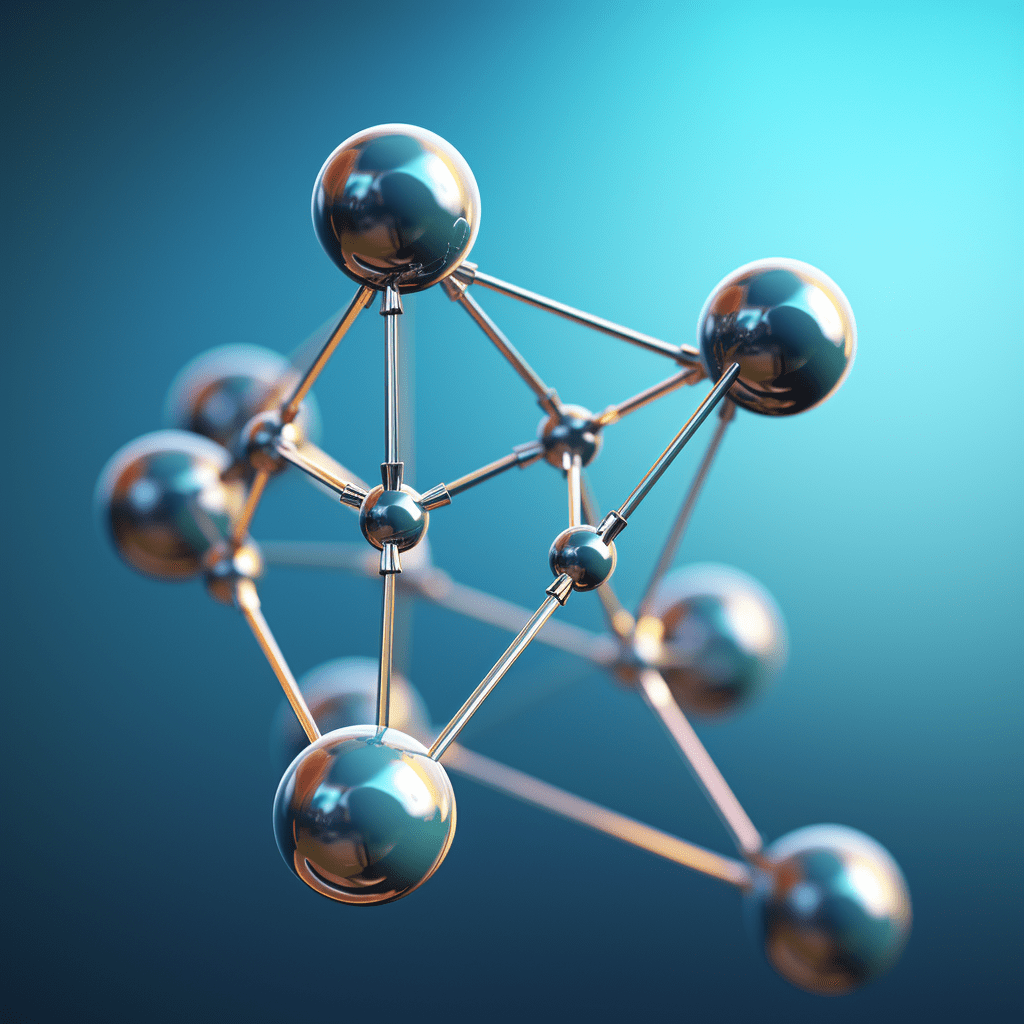Atomically thin materials, such as graphene and other two-dimensional (2D) materials, are transforming the landscape of advanced catalysts in energy conversion processes. These materials offer unique properties that enhance efficiency and performance, making them pivotal in developing sustainable energy solutions.
How are Atomically Thin Materials Enhancing Energy Conversion?
Atomically thin materials possess exceptional electrical, thermal, and mechanical properties that make them ideal for energy conversion applications. Their high surface area allows for increased interaction with reactants, enhancing reaction rates and overall efficiency. For instance, graphene-based catalysts have shown remarkable performance in electrochemical reactions, such as water splitting and fuel cells, due to their ability to facilitate electron transfer processes effectively.Chart: Comparison of Catalytic Performance of Various Materials
| Material | Surface Area (m²/g) | Reaction Rate (mol/s) | Efficiency (%) |
|---|---|---|---|
| Graphene | 2630 | 0.05 | 90 |
| Platinum | 75 | 0.03 | 85 |
| Carbon Nanotubes | 1300 | 0.04 | 88 |
What Role Do Advanced Catalysts Play in Energy Efficiency?
Advanced catalysts are crucial in improving energy efficiency by lowering activation energy barriers in chemical reactions. This enables processes to occur at lower temperatures and pressures, reducing energy consumption and operational costs. For example, catalysts based on atomically thin materials can significantly enhance the efficiency of hydrogen production through electrolysis by facilitating faster reactions and improving product yields.
Why is the Scalability of Atomically Thin Materials Important?
Scalability is vital for the practical application of atomically thin materials in industrial settings. Developing methods for large-scale synthesis and integration of these materials into existing technologies is essential for their widespread adoption. Techniques such as chemical vapor deposition (CVD) and liquid-phase exfoliation are being optimized to produce high-quality 2D materials at scale, enabling their use in commercial applications.Chart: Methods for Producing Atomically Thin Materials
| Method | Scalability | Quality | Cost |
|---|---|---|---|
| Chemical Vapor Deposition | High | High | Moderate |
| Liquid-Phase Exfoliation | Moderate | Moderate | Low |
| Mechanical Exfoliation | Low | High | High |
How Do Two-Dimensional Materials Improve Catalytic Performance?
Two-dimensional materials enhance catalytic performance through several mechanisms:
- Increased Active Sites: Their high surface area provides more active sites for reactions.
- Enhanced Charge Carrier Mobility: The unique electronic properties of these materials allow for better charge transport during catalytic processes.
- Tailorable Properties: The ability to modify their chemical composition and structure enables fine-tuning of catalytic activity to suit specific reactions.
What Challenges Are Associated with the Use of Atomically Thin Catalysts?
Despite their potential, several challenges hinder the widespread adoption of atomically thin catalysts:
- Stability Issues: Many 2D materials can be sensitive to environmental conditions, affecting their durability.
- Integration Difficulties: Incorporating these materials into existing systems can be complex due to compatibility issues.
- Cost of Production: While some methods are cost-effective, achieving high purity and quality can still be expensive.
How Are Researchers Overcoming Limitations in 2D Material Applications?
Researchers are actively addressing these challenges through innovative approaches:
- Hybrid Materials: Combining atomically thin materials with traditional catalysts can enhance stability and performance.
- Surface Functionalization: Modifying the surface chemistry of 2D materials can improve their resistance to degradation.
- Advanced Manufacturing Techniques: Innovations such as 3D printing allow for better integration of these materials into devices.
What is the Future Outlook for Atomically Thin Materials in Energy Conversion?
The future outlook for atomically thin materials in energy conversion is promising. As research continues to uncover new applications and improve production methods, these materials are expected to play a critical role in advancing sustainable energy technologies. Their unique properties will likely lead to breakthroughs in areas such as energy storage, fuel cells, and solar cells.
Latest News
Recent advancements highlight the growing interest in atomically thin materials:
- New Synthesis Techniques: Researchers have developed scalable methods for producing high-quality graphene that could revolutionize its use in catalysis.
- Improved Performance Metrics: Studies show that hybrid catalysts combining 2D materials with traditional metals can achieve unprecedented efficiency levels.
- Industry Applications: Several companies are beginning to integrate atomically thin materials into their products, signaling a shift towards more sustainable technologies.
Editor Comment
“Atomically thin materials represent a frontier in catalyst technology, offering unparalleled advantages that could redefine energy conversion processes. As we continue to explore their potential, overcoming existing challenges will be crucial to unlocking their full capabilities in real-world applications.”
FAQ Section
Q1: What are atomically thin materials?
A1: Atomically thin materials are substances that consist of a single or few layers of atoms, such as graphene or transition metal dichalcogenides, known for their unique physical and chemical properties.Q2: How do atomically thin materials improve catalytic processes?
A2: They enhance catalytic processes by providing a larger surface area for reactions, improving charge carrier mobility, and allowing for tunable properties through chemical modifications.Q3: What challenges do researchers face when using atomically thin catalysts?
A3: Challenges include stability under various environmental conditions, difficulties with integration into existing systems, and production costs associated with maintaining high quality and purity.



